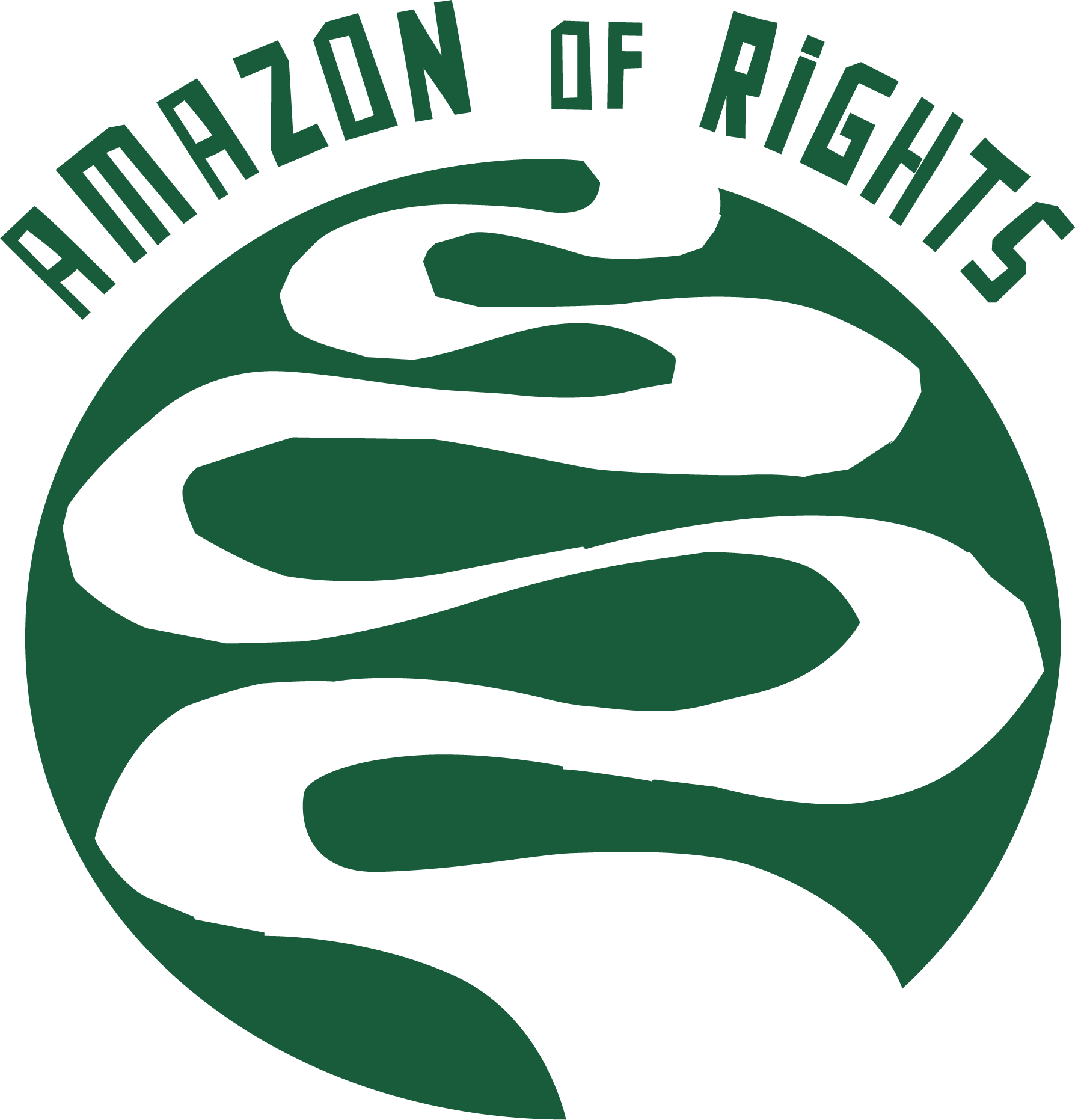
Minga Artística
22/11/2024 - EventOn November 22 in Quito, Ecuador, the café El Cafecito hosted the event Minga Artística, organized by Luis Eslava and Jenny García Ruales from the Amazon of Rights Project, along with Viviana Morales Naranjo (UDLA). The event brought together artists, legal practitioners, collective and community members to engage in a dynamic exploration of collective art-making and legal knowledge-sharing. Drawing from the concept of minga—a practice rooted in Indigenous and Andean traditions emphasizing collective work —the event fostered interdisciplinary exchange and creative experimentation surrounding the Rights of Nature.
El Cafecito located by the Colón Avenue, is surrounded by streets that bear the names of Christopher Columbus’s ships in his first voyage to Americas: La Pinta, La Niña and La Santa María. Cutting across El Cafecito’s neighborhood, there is also the Amazonas Avenue, named after the river. The expedition and ‘discovery’ of the Amazon River by the Europeans, initially known as San Francisco de Quito River, started in Quito in the mid-16th century. 400 years later Ecuador finally regained access to the Amazon in a war with Peru, which the famous Ecuadorian painter, Oswaldo Guayasamín was commission to re-create in a mural that today stands in Quito’s presidential palace. Flashing back to the initial ‘discovery’ of the river, it depicts a riverine serpentine ecosystem, with birds flying, along with Amazonian warriors engaged in a fight against both conquistadores and the nature around them. As a celebration of Ecuador’s regaining ‘presence’ in the Amazons, this artwork encapsulates, in a powerful way, the essence of RoN and the still rarely discussed role of art in conversations about these new rights.
El Cafecito, surrounded by these post/colonial cartographic-landmarks, where Francisco Pizarro first set out to discover the land of cinnamon in 1540, is a particularly meaningful place to host an event like a Minga Artística on the RoN. This gathering served as a platform to highlight the intersection of art and law.
The artistic-legal minga became a method to explore creatively the RoN and other expressions of eco-centric normativity. See the programme here and written memories in the Verfassungsblog.
